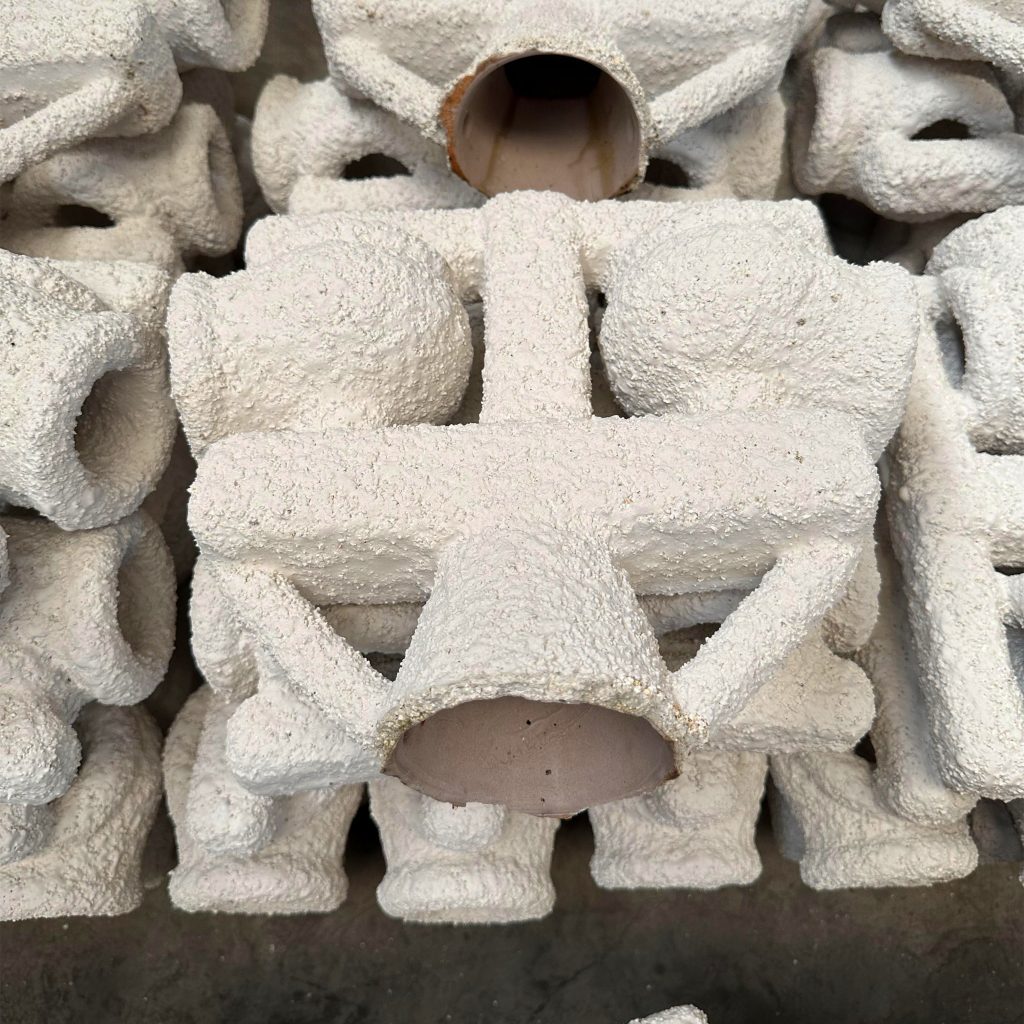 Made in China
Made in China GB/T19001-2016/ISO 9001:2015
GB/T19001-2016/ISO 9001:2015 TUV
TUV SGS
SGS

When it comes to crafting precision parts for a myriad of industries, carbon steel casting and stainless steel investment casting stand out as indispensable processes. With their unique properties and applications, understanding the nuances of each method is crucial for manufacturers aiming to produce high-quality components.
Carbon steel casting involves the fabrication of components using carbon steel, a robust alloy known for its exceptional strength and durability. This method allows for the creation of intricate shapes and designs, making it ideal for a wide range of applications across industries such as automotive, aerospace, and construction.
One of the key advantages of carbon steel casting is its versatility. Whether it’s producing heavy-duty machinery parts or intricate gears, this process offers unparalleled flexibility. Additionally, carbon steel’s inherent properties, including its high tensile strength and resistance to wear and tear, make it a preferred choice for projects requiring durability and longevity.
On the other hand, stainless steel investment casting utilizes a wax pattern to create intricate parts with exceptional precision. This process involves injecting molten stainless steel into a mold cavity, resulting in components with smooth surfaces and tight tolerances.

Stainless steel investment casting offers several advantages, including superior corrosion resistance and temperature resistance, making it ideal for applications in harsh environments such as marine and chemical processing industries. Furthermore, the versatility of stainless steel allows for the creation of parts with complex geometries and intricate details, meeting the stringent requirements of modern engineering projects.
In conclusion, carbon steel casting and stainless steel investment casting are two indispensable processes in the realm of precision manufacturing. While carbon steel casting offers versatility and durability, stainless steel investment casting excels in producing intricate parts with exceptional precision. By understanding the unique properties and applications of each method, manufacturers can leverage these techniques to produce high-quality components tailored to meet the demands of diverse industries.

